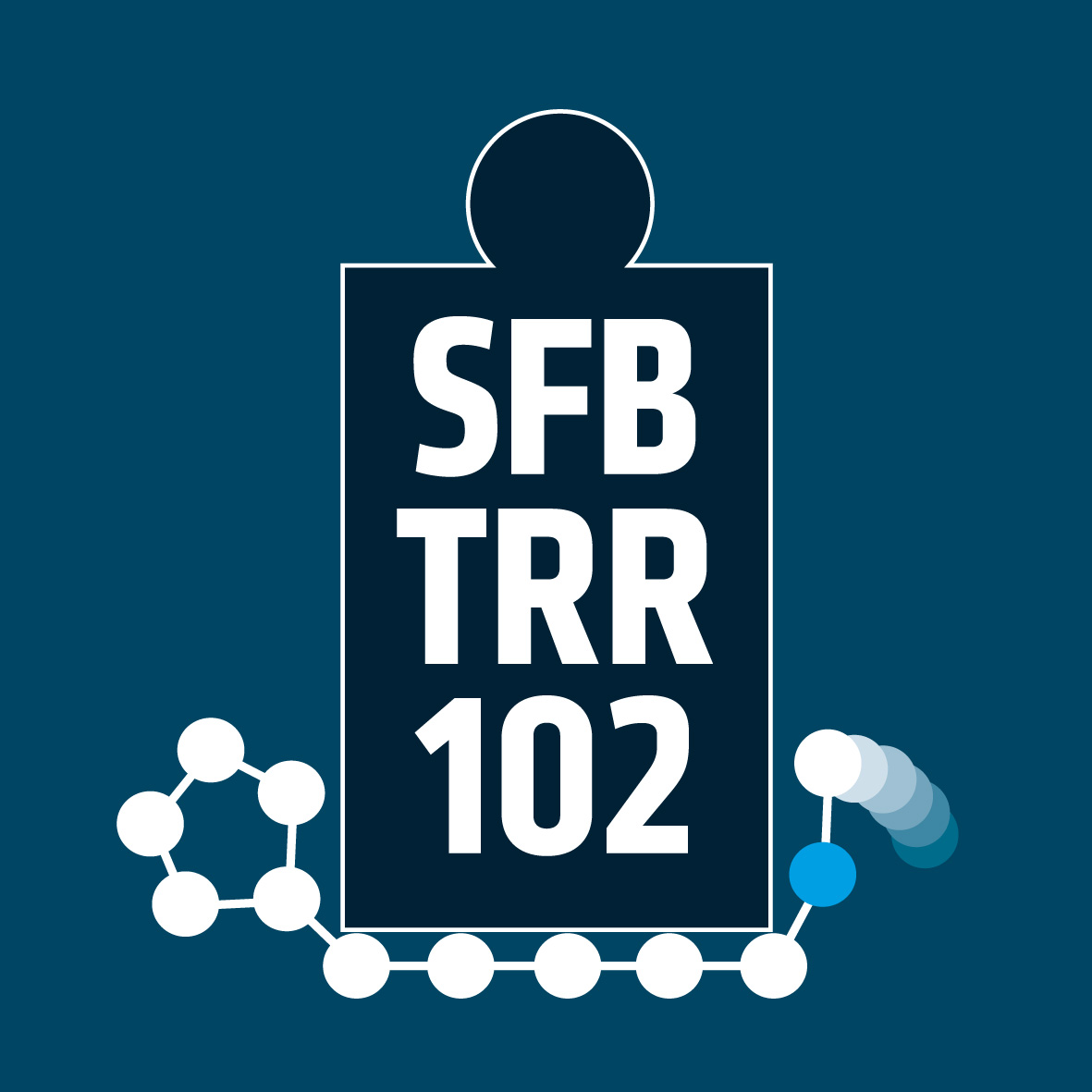Veranstaltungen 2021
Di, 07.12.2021
17:15 Uhr im Hörsaal 1.26 Von-Seckendorff-Platz 1, 06120 Halle
Prof. Ann-Christin Pöppler
Institute of Org. Chemistry, University of Würzburg
Felix-Bloch-Vorlesung der GDCh:
"Taking up the chase with NMR Spectroscopy - From structural insights into solid drug-polymer formulations to their fate in biorelevant media."
Abstract:
Despite the large number of publications related to drug delivery, recent (critical) comments identified a gap between academic research and benefit to the patient requiring multidisciplinary joint efforts. Through solid-state NMR spectroscopy complemented by quantum chemical calculations, insight into the conformation of guests within copolymer micelles and key intermolecular interactions can be gained. This information enables to hypothesize loading mechanisms, explain pharmaceutically relevant dissolution rates, and derive ideas for improved polymeric carrier materials. [...]
Details
Pöppler_07122021.pdf
(494,7 KB) vom 08.11.2021
Di, 30.11.2021
17:15 Uhr im Hörsaal 1.26 Von-Seckendorff-Platz 1, 06120 Halle
Prof. Christian Wischke
Institute of Pharmacy, Martin Luther University Halle-Wittenberg
Structuring polymers to create multifunctional drug carriers
Abstract:
Distinct structures of polymers created on the macroscopic, morphological and molecular levels are considered as a tool to implement functions in polymeric materials, i.e. an ability of the system to show a desired effect in a specific environment. Of particular interest is the link between such polymeric structures and drug release features of polymeric carrier systems as well as their fate in a biological setting. In this talk, a number of approaches will be presented for particulate carriers and implant systems, in which structures on different hierarchical levels have contributed to the respective functions of interest.
Di, 16.11.2021
17:15 Uhr im Hörsaal 1.26 Von-Seckendorff-Platz 1, 06120 Halle
Prof. Eva M. Herzig
Department of Physics, Bayreuth University
Characterizing the effect of external parameters and processing on the nanostructure of functional thin films
Abstract:
Structure formation mechanisms and structural changes in thin films due to external parameters can be revealed using time-resolved x-ray scattering. Since scattering techniques rely on the long range order within the sample, it can be very valuable to accompany such x-ray measurements with additional complementary characterization methods like time-resolved spectroscopy or optical microscopy.
Using examples from organic photovoltaics and hybrid perovskite solar cells, I will show our recent work on processing effects on nanostructure formation and related challenges to their characterization.
Di, 26.01.2021 (Webinar)
17:15 Uhr
Prof. Dr. Yael Politi
TU Dresden, Germany
Chitin fibre orientation in arthropod cuticle - how is it controlled and what for?
Abstract
Chitin fiber orientation in the arthropod cuticle is regulated locally by the animal. Typically parallel fiber organisation and rotated ply wood structures are commonly observed fibre arrangement microstructures. The orientation of fibers in the cuticle has direct impact for its physical properties, e.g. mechanical and optical properties. In the talk I will describe a few examples demonstrating the impact of fiber orientation on the cuticle properties, and address the question of how it is achieved by the organisms.
Di, 19.01.2021 (Webinar)
17:15 Uhr
Prof. Dr. Pierre Lutz
University of Strasbourg, France
From Isotactic Polystyrene (iPS) or Poly(p-methyl styrene) (ipPMS) to Semicrystalline iPS / POSS Hybrid Materials
Abstract:
Nanostructured organic-inorganic hybrid materials are attractive families of structural and functional polymers with designed architectures and tailor-made property profiles. Hybrid molecules combine the good properties of ceramics, like mechanical reinforcement, flame retardancy and thermal stability, with easy processability of organic polymers. Functionalized nanosiliactes and silicate nanomolecules have attracted considerable attention in materials sciences because of their very high versatility with respect to molecular design of hybrid nanoparticles and unprecedented property combinations. Semicrystalline isotactic polystyrene (iPS) and syndiotactic polystyrene (sPS) are specialty engineering plastics which exhibit improved stiffness and higher dimensional stability as compared to atactic PS. Contrary to sPS, iPS does not crystallize during polymerization and stays soluble. However during melt-compounding or by annealing iPS crystallizes. [...]
Details
Lutz_19012021.pdf
(540,9 KB) vom 09.12.2020

